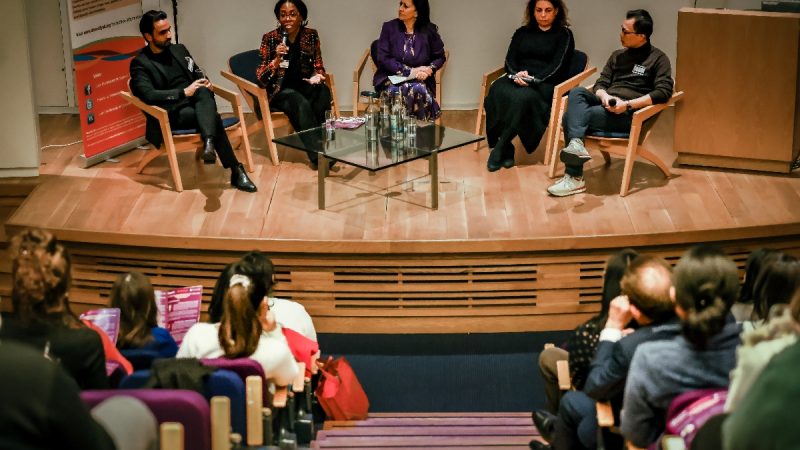How well is Scotland “Measuring Up” for Equality?

The Equality & Human Rights Commission (EHRC) recently published the fourth in a series of reports which track the performance of Scottish public bodies against their duties under the Equality Act 2010 (Specific Duties) (Scotland) Regulations 2012.
The recent reports focus on the extent to which 239 listed public bodies – including NHS Boards, Councils and colleges - were able to report against key equality data and outcomes including:
- the diversity of their staff ;
- how different people who share the same protected characteristic fared in recruitment, development and retention;
- gender pay gap figures;
- their progress in meeting the equality outcomes they set in 2013.
Speaking recently Alastair Pringle, the Director of the EHRC in Scotland said: "Overall it’s a mixed picture. As in previous “Measuring Up?” reports, larger public sector organisations have tended to perform best, with the smaller bodies sometimes struggling. But this is not always the case.
Although almost every public body published an equality outcomes report the quality of them was very varied. At their best they represent how a committed organisation can make real and measurable differences to the communities they serve; but at their worst they provide little or no evidence of change.
It is also apparent that the whole public sector is struggling to report on employee diversity – data about sexual orientation, religion and belief, pregnancy and maternity and gender reassignment data was often too poor to reliably inform workforce decisions. This is important because public bodies need to know if they are recruiting from the widest possible talent pool or if their staff are facing disadvantage related to their protected characteristic.
We also saw significant variations in pay gap calculations, something which was unexpected as many public bodies’ pay is governed by national agreements, for example in teaching and nursing."
Overall the EHRC found that:
- 96% of listed bodies published a mainstreaming report and reported on progress against their equality outcomes;
- 95% published their gender pay gap figure;
- 89% published at least some employee information.
In the accompanying report on the quality of their practice the EHRC identify a number of public bodies where parts of their publications can be used as benchmarks for others – these include:
- East Renfrewshire Council’s for their employee monitoring;
- University of Stirling for increasing the number of staff declaring their protected characteristics;
- Scottish Borders Council for their clear equality outcomes report;
- Cairngorms National Park for their analysis of their pay gap.
About The Equality and Human Rights Commission
The Equality and Human Rights Commission is a statutory body established under the Equality Act 2006. It operates independently body to protect and promote equality and human rights in Britain. It aims to encourage equality and diversity, eliminate unlawful discrimination, and promote and protect human rights. The Commission enforces equality legislation on age, disability, gender reassignment, marriage and civil partnership, pregnancy and maternity, race, religion or belief, sex, sexual orientation. It encourages compliance with the Human Rights Act 1998 and is accredited by the UN as an ‘A status’ National Human Rights Institution.




